Related Research Articles
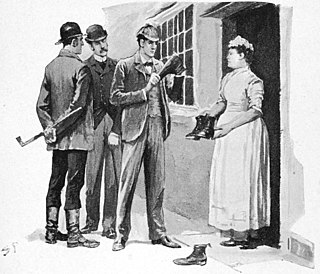
Detective fiction is a subgenre of crime fiction and mystery fiction in which an investigator or a detective—whether professional, amateur or retired—investigates a crime, often murder. The detective genre began around the same time as speculative fiction and other genre fiction in the mid-nineteenth century and has remained extremely popular, particularly in novels. Some of the most famous heroes of detective fiction include C. Auguste Dupin, Sherlock Holmes, and Hercule Poirot. Juvenile stories featuring The Hardy Boys, Nancy Drew, and The Boxcar Children have also remained in print for several decades.

A psychic is a person who claims to use extrasensory perception (ESP) to identify information hidden from the normal senses, particularly involving telepathy or clairvoyance, or who performs acts that are apparently inexplicable by natural laws, such as psychokinesis or teleportation. Although many people believe in psychic abilities, the scientific consensus is that there is no proof of the existence of such powers, and describes the practice as pseudoscience. The word "psychic" is also used as an adjective to describe such abilities.

The historical mystery or historical whodunit is a subgenre of two literary genres, historical fiction and mystery fiction. These works are set in a time period considered historical from the author's perspective, and the central plot involves the solving of a mystery or crime. Though works combining these genres have existed since at least the early 20th century, many credit Ellis Peters's Cadfael Chronicles (1977–1994) for popularizing what would become known as the historical mystery. The increasing popularity and prevalence of this type of fiction in subsequent decades has spawned a distinct subgenre recognized by the publishing industry and libraries. Publishers Weekly noted in 2010 of the genre, "The past decade has seen an explosion in both quantity and quality. Never before have so many historical mysteries been published, by so many gifted writers, and covering such a wide range of times and places." Editor Keith Kahla concurs, "From a small group of writers with a very specialized audience, the historical mystery has become a critically acclaimed, award-winning genre with a toehold on the New York Times bestseller list."

Mary Mackay, also called Minnie Mackey and known by her pseudonym Marie Corelli, was an English novelist.

Genre fiction, also known as formula fiction or popular fiction, is a term used in the book-trade for fictional works written with the intent of fitting into a specific literary genre in order to appeal to readers and fans already familiar with that genre.
Urban fantasy is a subgenre of fantasy, placing supernatural elements in an approximation of a contemporary urban setting. The combination provides the writer with a platform for classic fantasy tropes, quixotic plot-elements, and unusual characters - without demanding the creation of an entire imaginary world.

Father Brown is a fictional Roman Catholic priest and amateur detective. He is featured in 53 short stories by English author G. K. Chesterton, published between 1910 and 1936. Father Brown solves mysteries and crimes using his intuition and keen understanding of human nature. Chesterton loosely based him on the Rt Rev. Msgr John O'Connor (1870–1952), a parish priest in Bradford, who was involved in Chesterton's conversion to Catholicism in 1922. Since 2013, the character has been portrayed by Mark Williams in the ongoing BBC Television Series Father Brown.

Doctor Occult is a fictional superhero appearing in American comic books published by DC Comics. Created by Jerry Siegel and Joe Shuster, Doctor Occult is an occult detective and private investigator and user of magic who specializes in cases involving the supernatural. Doctor Occult first appeared in 1935 around the Golden Age of Comic Books. He was published by National Comics Publications and Centaur Publications within anthology titles. He is the earliest recurring, originally featured fictional character created by DC Comics that is still currently used in the DC Universe. He is commonly affiliated with the All-Star Squadron and has appeared occasionally in paranormal-related stories by DC and Vertigo Comics titles. Doctor Occult has appeared in a few official tie-in comic books and has appeared in one DC based video game which is established as within DC's multiverse canon.

Justin Richards is a British writer. He has written science fiction and fantasy novels, including series set in Victorian or early-20th-century London, and also adventure stories set in the present day. He has written many spin-off novels, reference books and audio plays based on the long-running BBC science fiction television series Doctor Who, and he is Creative Consultant for the BBC Books range of Doctor Who novels.

Occult detective fiction is a subgenre of detective fiction that combines the tropes of the main genre with those of supernatural, fantasy and/or horror fiction. Unlike the traditional detective who investigates murder and other common crimes, the occult detective is employed in cases involving ghosts, demons, curses, magic, vampires, undead, monsters and other supernatural elements. Some occult detectives are portrayed as being psychic or in possession of other paranormal or magical powers.

The Black Moth (1921) is a Georgian era romance novel by the British author Georgette Heyer, set around 1751. The Black Moth was Heyer's debut novel, published when Heyer was nineteen. It was a commercial success.

Elizabeth Thomasina Meade Smith (1844–1914), writing under the pseudonym L. T. Meade, was a prolific writer of girls' stories. She was born in Bandon, County Cork, Ireland, daughter of Rev. R. T. Meade, of Nohoval, County Cork. She later moved to London, where she married Alfred Toulmin Smith in September 1879.
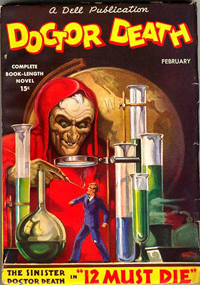
Doctor Death was the title of a short-lived pulp science fiction magazine published by Dell Magazines in 1935, as well as the name of the main character featured in that magazine. Doctor Death was an archcriminal who wanted to return the world to a primitive condition and used supernatural tools such as zombies and magic in his plots against humanity. The stories were written by Harold Ward under the pseudonym of "Zorro". Dell may have intended Doctor Death to be a continuation of a character of the same name in All Detective Magazine, also published by Dell.
The Ghost is a fictional character, a superhero that appeared in comic books published by Nedor Comics. His first appearance was in Thrilling Comics #3. The character is loosely based on the pulp hero created by G.T. Fleming-Roberts, who was variously known as the Ghost, the Ghost Detective, and the Green Ghost.
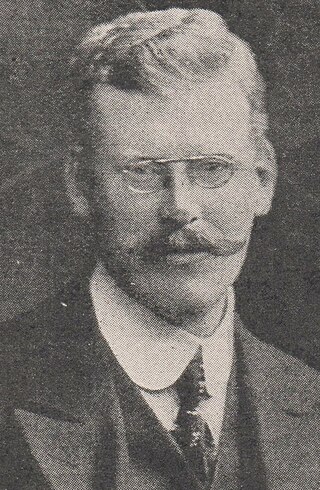
Bertram Fletcher Robinson was an English sportsman, journalist, editor, author and Liberal Unionist Party campaigner. During his life-time, he wrote at least three hundred items, including a series of short stories that feature a detective called "Addington Peace". However, Robinson is perhaps best remembered for his literary collaborations with his friends and fellow Crimes Club members, Arthur Conan Doyle and P. G. Wodehouse.
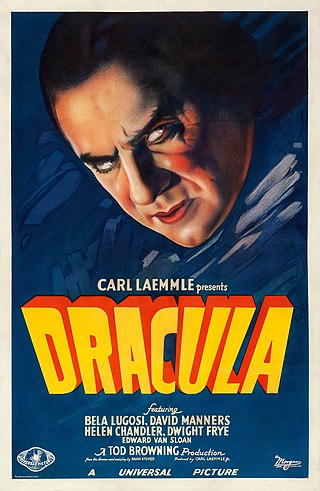
Supernatural horror film is a film genre that combines aspects of supernatural film and horror film. Supernatural occurrences in such films often include ghosts and demons, and many supernatural horror films have elements of religion. Common themes in the genre are the afterlife, the Devil, and demonic possession. Not all supernatural horror films focus on religion, and they can have "more vivid and gruesome violence".
Robert Eustace was the pen name of Eustace Robert Barton (1869–1943), an English doctor and author of mystery and crime fiction with a theme of scientific innovation. He also wrote as Eustace Robert Rawlings. Eustace often collaborated with other writers, producing a number of works with the author L. T. Meade and others. He is credited as co-author with Dorothy L. Sayers of the novel The Documents in the Case, for which he supplied the main plot idea and supporting medical and scientific details.
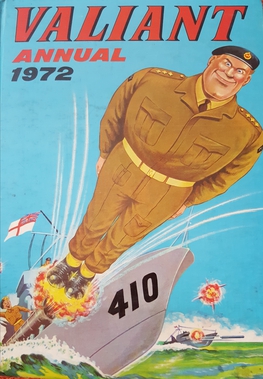
Captain Hurricane was a fictional comic book character in Fleetway Publications' Valiant during the 1960s and 1970s, first appearing in issue #1. Captain Hurricane's adventures were scripted by the likes of Scott Goodall and Desmond Pride; Jon Rose also wrote some stories in the 1970s. R. Charles Roylance drew the strip for many years.

Maddox Street is a street in the Mayfair area of London, extending from Regent Street to St George's, Hanover Square.
References
- ↑ Green, Paul (2019). Encyclopedia of Weird Detectives: Supernatural and Paranormal Elements in Novels, Pulps, Comics, Film, Television, Games and Other Media. McFarland & Co. pp. 45–6. ISBN 9781476678009.
- ↑ LeRoy, Lad Panek (2014). After Sherlock Holmes: The Evolution of British and American Detective Stories, 1891-1914. McFarland & Co. pp. 91–2. ISBN 9780786477654.
- ↑ Dickerson, Scott. The Oracular Miss Marburg: Paranormal powers, woman detective--Victorian London!.